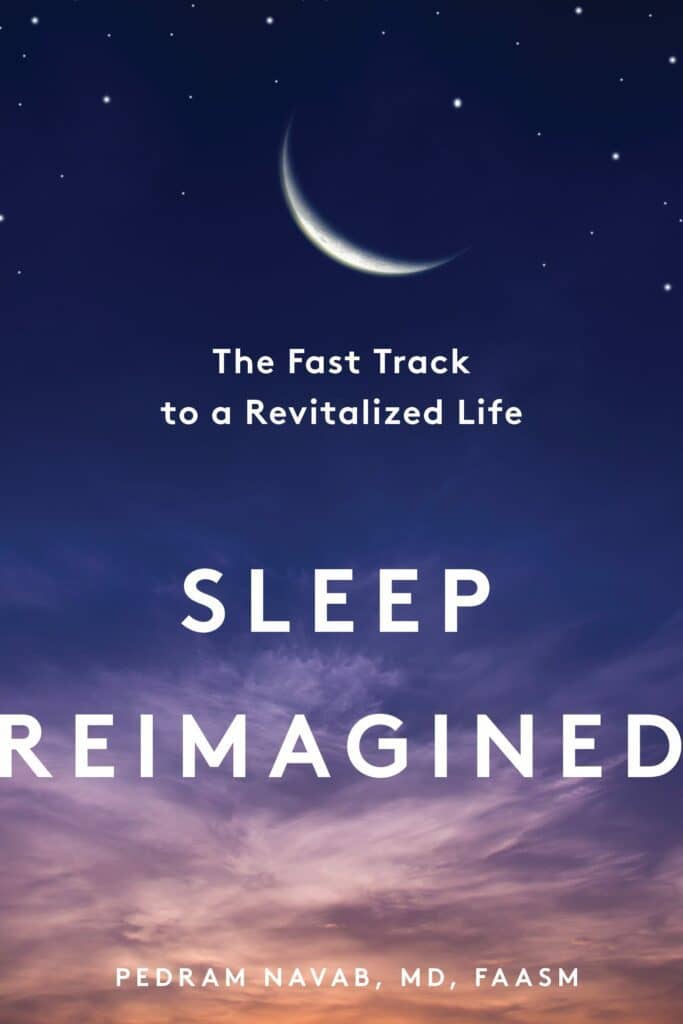Teach patients these relaxation exercises as part of their insomnia therapy.
By Pedram Navab, DO, FAASM, Esq
As sleep specialists know, cognitive behavioral therapy is the gold standard and most effective manner to treat insomnia in the long run. Within this insomnia therapy rubric are muscle relaxation, breathing exercises, guided imagery, and stories that can facilitate sleep.
1. Muscle Relaxation
Muscle relaxation involves focusing attention on different muscle groups and how they relate to the body as a whole. This technique involves sequentially tightening and relaxing each muscle group, for example, tightening the abdominal muscles, and then relaxing them; closing the eyes forcefully, and then opening them; curling the toes, and then straightening them.
The goal is to focus on the present and enhance a person’s sense of control over their body. This control can be applied to other endeavors.
2. Breathing Exercises
Advise patients to allocate dedicated time before bedtime to practice deep breathing exercises in a quiet environment. While the location can be flexible, such as the bathroom or living room, they should avoid the bedroom for this. Begin the exercise by inhaling deeply and exhaling slowly.
One specific technique is the 4-7-8 breathing pattern, also known as the “relaxing breath,” which involves breathing in for four seconds, holding the breath for seven seconds, and exhaling for eight seconds. The 4-7-8 breathing pattern is based on pranayama, an aspect of yoga that pertains to the control of breathing. This technique helps diminish anxiety and control responses such as anger; it also decreases heart rate.
Initially, only four breath cycles should be attempted consecutively, as this technique can cause lightheadedness. But the results can be intense once an individual is acclimated to the 4-7-8 technique. The vagus nerve mediates the relaxation response, and this deep breathing exercise engages this nerve.
Not only can this breathing technique be used to alleviate insomnia, but it can also be applied to other situations that cause stress. Andrew Weil, MD, an integrative medicine specialist at The University of Arizona, has called the relaxing breath a “natural tranquilizer for the nervous system.”1 It increases heart rate variability, which is a good thing. When we inhale, heart rate increases, and when we exhale, the heart rate decreases. Heart rate variability is beneficial because the greater it is, the greater the efficacy of the heart to pump blood to our various organs and muscles.

3. Guided Imagery
The relaxation technique of guided imagery can serve as another tool in our armamentarium against insomnia. This technique involves visualizing a setting or scenario in which the person felt their best, such as a favorite location or pleasant experience, and mentally recreating it.
Alternatively, the patient can imagine a setting in which they have never been but imagine as tranquil, such as an isolated island, a favorite spot with loved one(s), or up in space. Think of it as a teleportation, one where the person, alone, is in control of their destiny.
Advise the patient to immerse themselves and engage all the senses—visual, olfactory, aural, gustatory, tactile—and practice mindfulness. They should imagine how they would interact with the flora and fauna in this environment and how they would conduct themselves. This halcyon scene will not only relax patients but also provide a distraction from their insomnia. In other words, when insomnia occurs, the patient should detach from anything related to the bed or bedroom environment by either physically leaving it or mentally teleporting the mind elsewhere.
4. Audio Sleep Stories
Some of my patients with insomnia have found it useful to be lulled to sleep like a baby. Meditative stories, either via podcasts or apps like HeadSpace, allow another avenue in which to feel relaxed. The soothing and often soporific voices these narrators use are in direct contrast to the bustling noise of the workday. The result is a hypnotic trance that may lead to faster sleep onset by slowing heart rate and breathing.
5. Reading (It’s OK)
For patients who usually read in bed, I am OK with them continuing this habit.
Light reading, particularly fiction, before bed can help people fall asleep more easily.2 Fiction allows an escape from the present-day realities to distant worlds, where the reader is implicated in someone’s else predicament instead of their own. When the brain is occupied, the body’s fatigue takes over, allowing sleep to occur naturally. Reading until becoming too tired to focus on the words is an effective strategy.
These five techniques can be beneficial not only for insomnia but also for other situations in which a person experiences stress. Remember: sleep is an extension of life. What affects a person’s daily life will also affect their slumber. Help people with insomnia incorporate these relaxation techniques into their routines to help manage stress and improve overall sleep hygiene.
References
1. Weil A. Three breathing exercises and techniques. Available at www.drweil.com/health-wellness/body-mind-spirit/stress-anxiety/breathing-three-exercises.
2. Finucane E, O’Brien A, Treweek S, et al. Does reading a book in bed make a difference to sleep in comparison to not reading a book in bed? The People’s Trial-an online, pragmatic, randomised trial. Trials. 2021 Dec 4;22(1):873.
Illustration 252647341 © VectorMine | Dreamstime.com





